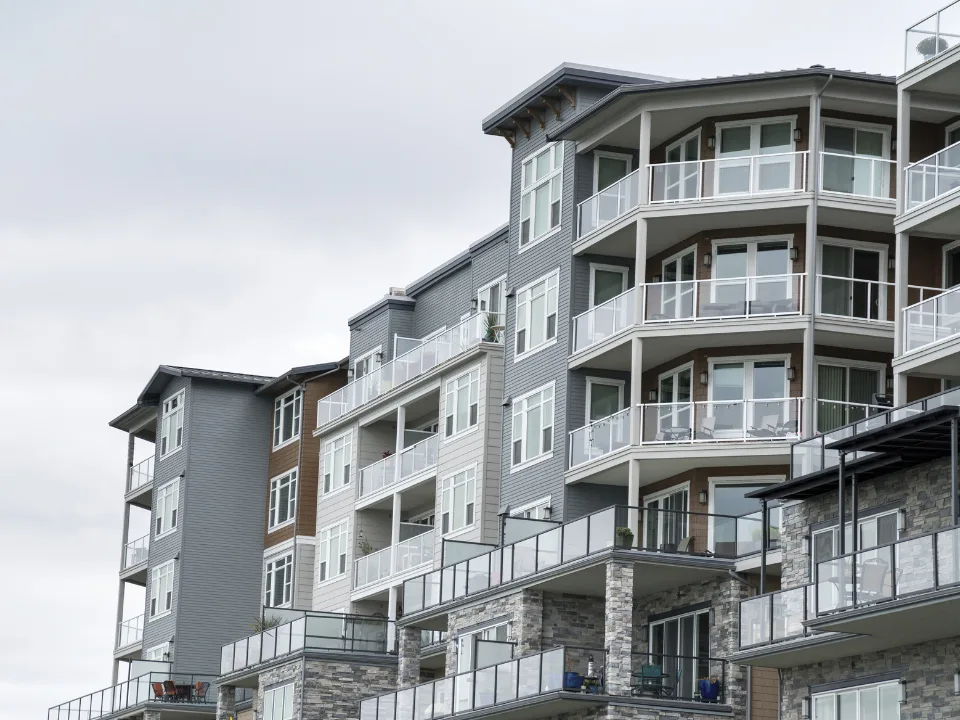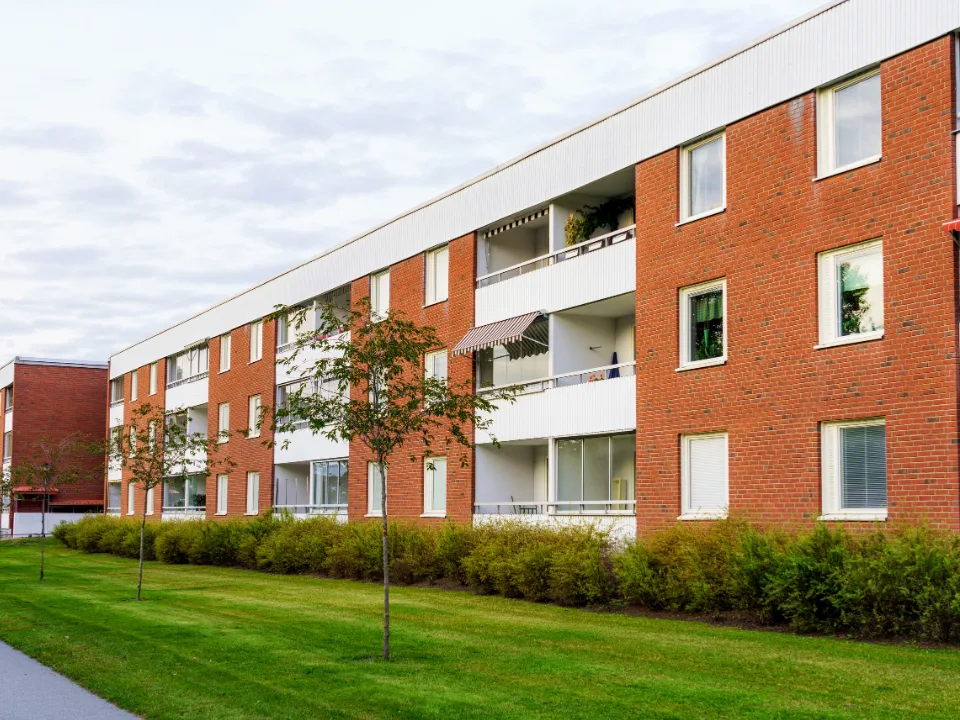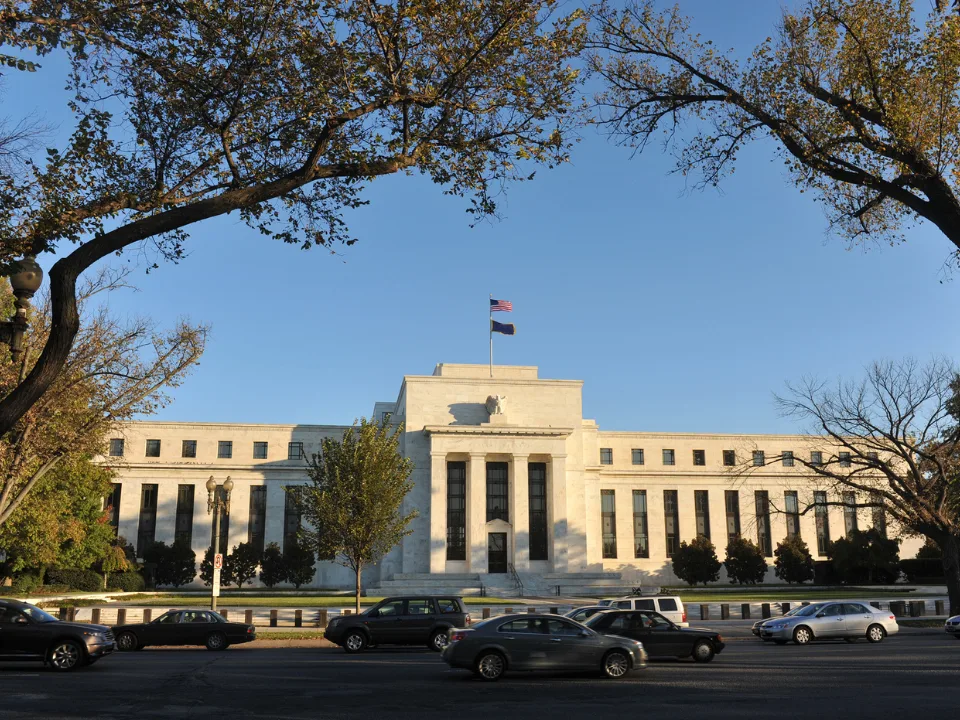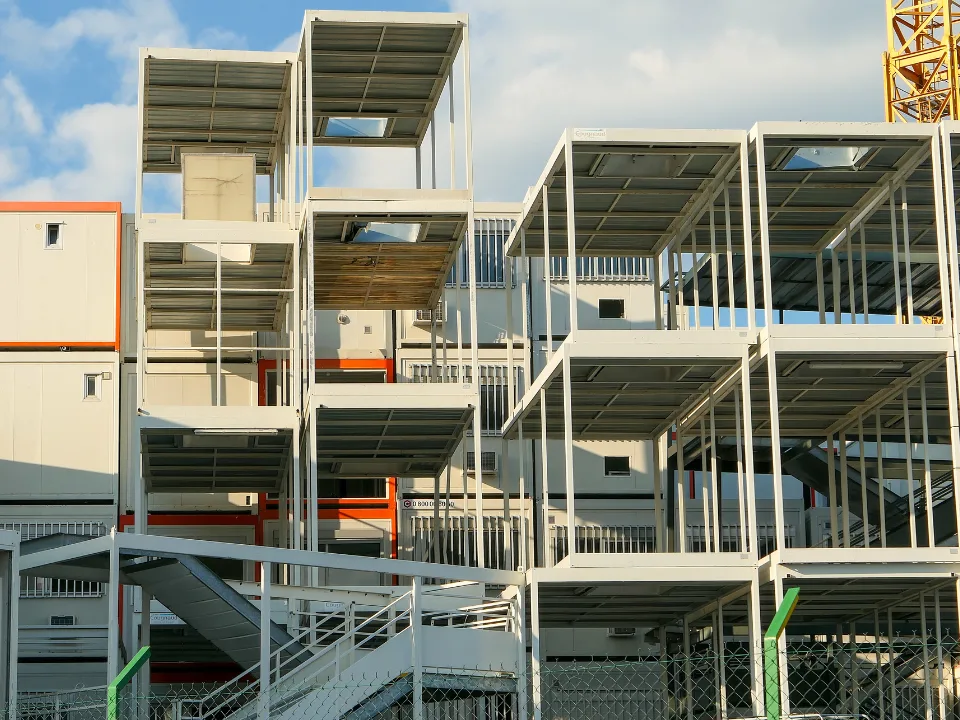- Navy Yard, Buzzard Point and the Bridge District are seeing the most new apartment deliveries in D.C., creating intense competition and pushing vacancy rates to 5.2%, among the highest in the District.
- Developers are responding with deep concessions — up to four months of free rent — and experimenting with coliving and short-term rental concepts to diversify offerings.
- These approaches aim to ease lease-up pressure from floating-rate debt, boost neighborhood activity and capture D.C.’s transient population of consultants, federal workers and political staffers.
A Surge of Supply
No submarket in the D.C. region has added more apartments this year than the city’s waterfront neighborhoods, per Bisnow. Navy Yard, Buzzard Point and the emerging Bridge District together delivered thousands of new units in 2024–2025, creating one of the most competitive rental markets in the city.
The Stacks in Buzzard Point alone added 1,116 apartments across three buildings. Navy Yard welcomed 467 more with Brookfield’s Urby at The Yards. Across the Anacostia, Redbrick LMD delivered 757 units across three towers at the Bridge District.
With the surge in supply, vacancy has risen to 5.2% in these submarkets, tied for the highest in the city, according to Cushman & Wakefield.
Incentives and Experiments
To attract renters, developers are offering aggressive concessions. The Stacks, Vermeer and the Bridge District are all marketing up to four months of free rent for tenants willing to sign longer leases.
But beyond giveaways, some landlords are experimenting with new concepts. At The Stacks, Akridge and National Real Estate Development introduced a coliving model in one tower, offering 106 furnished suites with shared kitchens and living spaces. Greystar now manages the concept, with rents ranging from $1,225 to $2K per bedroom.
At the Bridge District, Redbrick designated an entire 145-unit tower, Poplar House, for short-term rentals, operated by Landing. Stays average two to three months at rents between $3,750 and $5,700, with occupancy around 40%.
Get Smarter about what matters in CRE
Stay ahead of trends in commercial real estate with CRE Daily – the free newsletter delivering everything you need to start your day in just 5-minutes
Why It Matters
These new rental models address two immediate challenges: easing lease-up pressure on buildings financed with floating-rate loans, and capturing a renter base that is more transient than in most US cities. D.C.’s political cycles, consulting economy and return-to-office mandates all contribute to short-term and flexible housing demand.
At the same time, developers are betting that filling beds quickly — even through unconventional leasing — will activate ground-floor retail and boost neighborhood vibrancy.
Looking Ahead
The glut of new apartments arrives as D.C. grapples with economic headwinds, including rising unemployment and federal job cuts. Still, developers expect demand to rebound as the Trump administration’s return-to-office push draws more workers back to the city.
Whether through coliving, concessions or short-term stays, landlords along the waterfront are testing new ways to stand out in D.C.’s most crowded rental market.

















